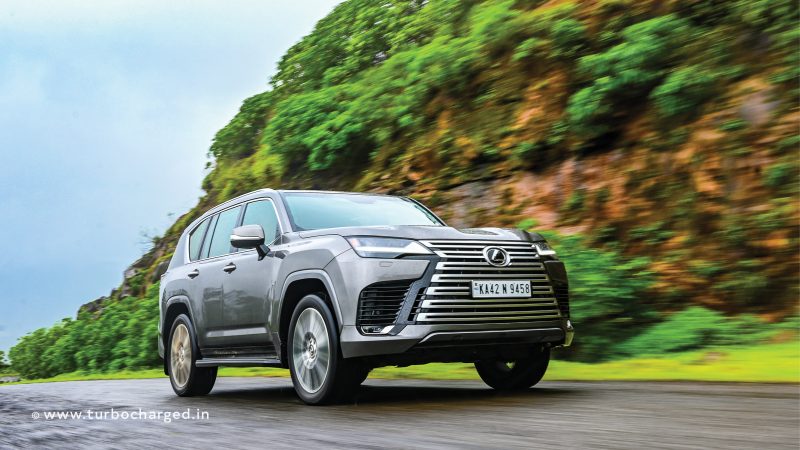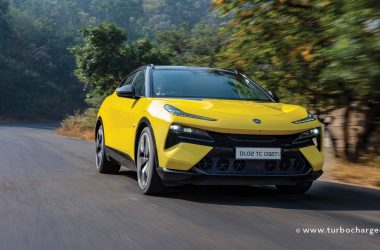Photography: Siddhant Gadekar
One of my personal quirks while reviewing an SUV is classifying them into two broad categories – SUVs meant for your day-to-day usage and those built to survive the post-apocalyptic world. The latter category understandably has a smaller volume but includes SUVs ranging from the Maruti Suzuki Jimny to the Mercedes-Benz G-Wagon (the stock one, not the AMG kind). The Lexus LX sits in this category. In my mind, its close cousin, the Toyota Landcruiser LC has been the flagbearer of said post-apocalyptic society, but the LX feels set to dethrone it.
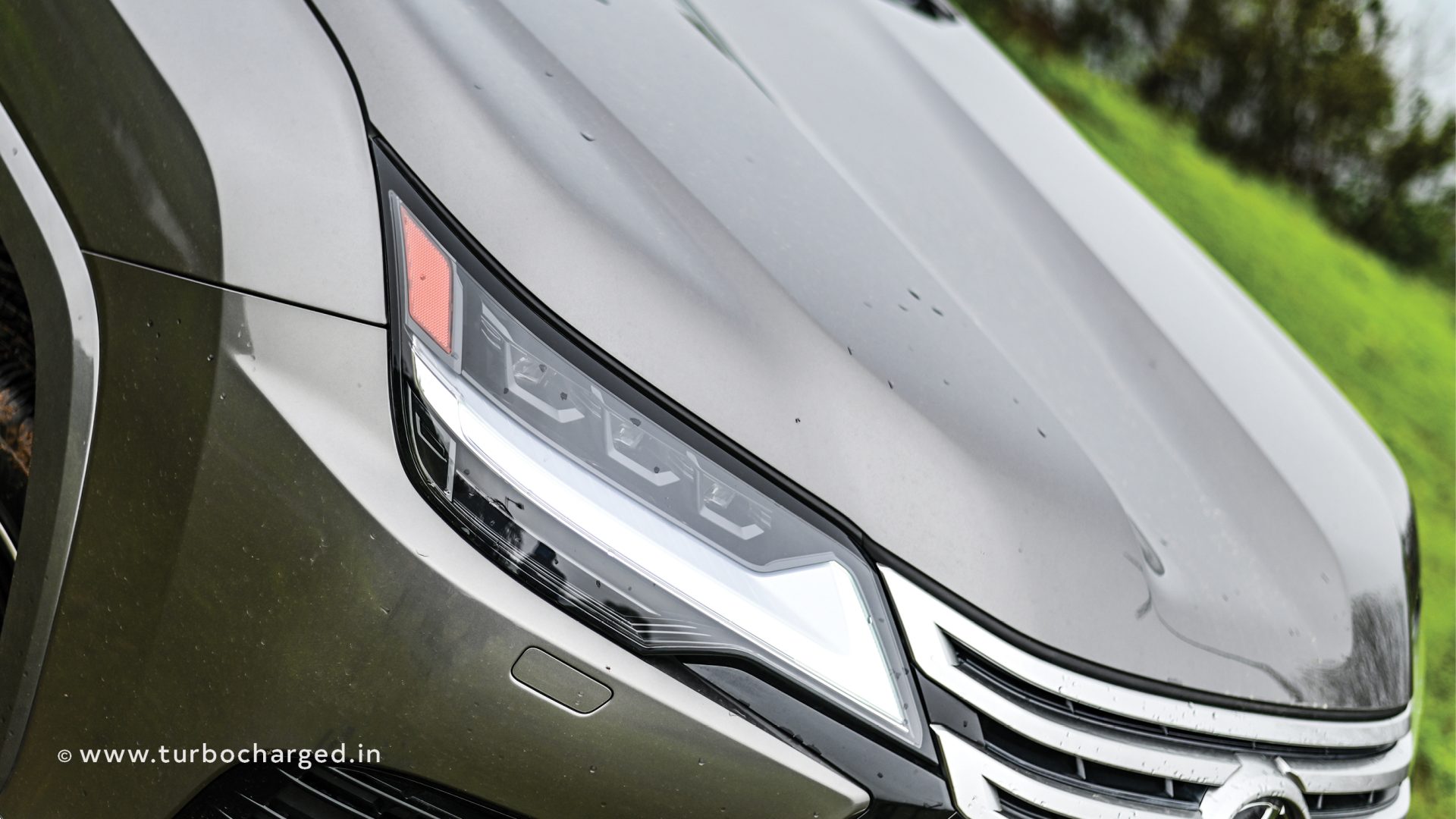
Seeing it in the flesh seems to confirm this feeling. The massive grille with its horizontal slats not only makes it look intimidating but also offers it a road presence unlike none other. Everything is supersized here. The oil-tanker dimensions extend to the large airdams, the 22-inch wheels, the mirrors and the impossibly long bonnet. Despite this, there is an air of coolness around it. The mammoth grille aside, everything fits together nicely and there is a sense of cohesiveness to the design. And if the grille is not your cup of tea, you can try replacing it with the sportier one on the F-Sport variant sold abroad. The only letdown was the rear end with its horizontal tail lamp setup which looks more van-like and out of sync with the rest of the design. Overall, the Lexus LX500d has a stately presence around it, no doubt aided by the massive dimensions.
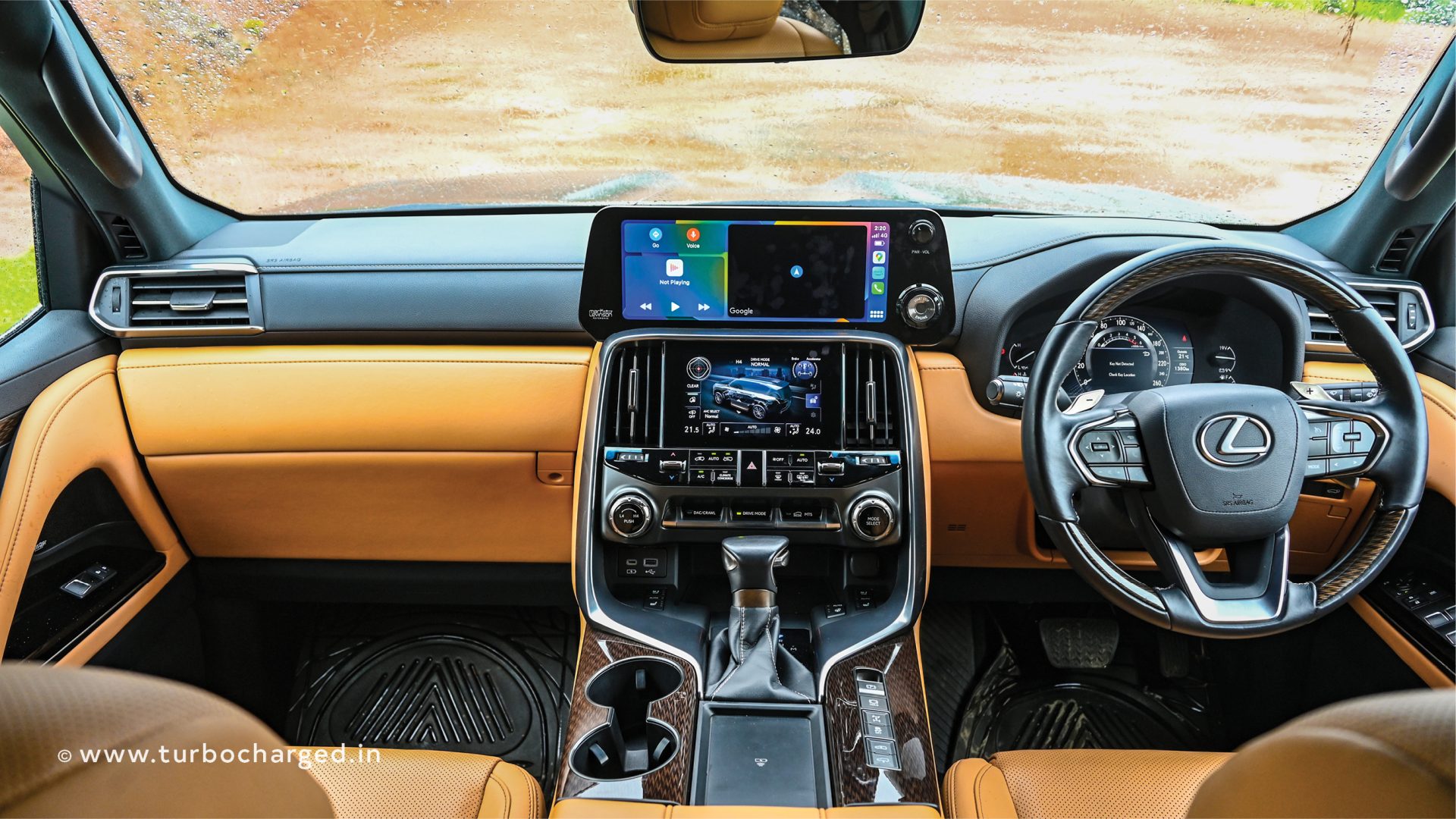
It is massive on the inside as well. The acreage is further accentuated by a large glasshouse area that makes the cabin a light and cheery place. Perfect to hide away from the desolate nothingness of a post-apocalyptic world. Unlike new-age luxury SUVs that feature massive screens on the inside, the Lexus gets a relatively modest 12.3-inch touchscreen infotainment system perched atop a wide centre console. It is so wide that it accommodates a cooler between the front row seats. How cool is that! The dashboard and interior trim offer old-school luxury with its rich blend of leather, wood and metal finishes. The sumptuous cabin not just evokes warmth, it’s quite comfortable too thanks to the sofa-like front seats that cocoon you in every way possible and you can easily spend long hours driving in these. In contrast, the rear seat, while comfortable, has limited kneeroom, surprising given the cabin’s dimensions and the five seat layout. What’s also surprising is that the India-spec LX does not get the captain seats or a third row (available abroad) even as an option.
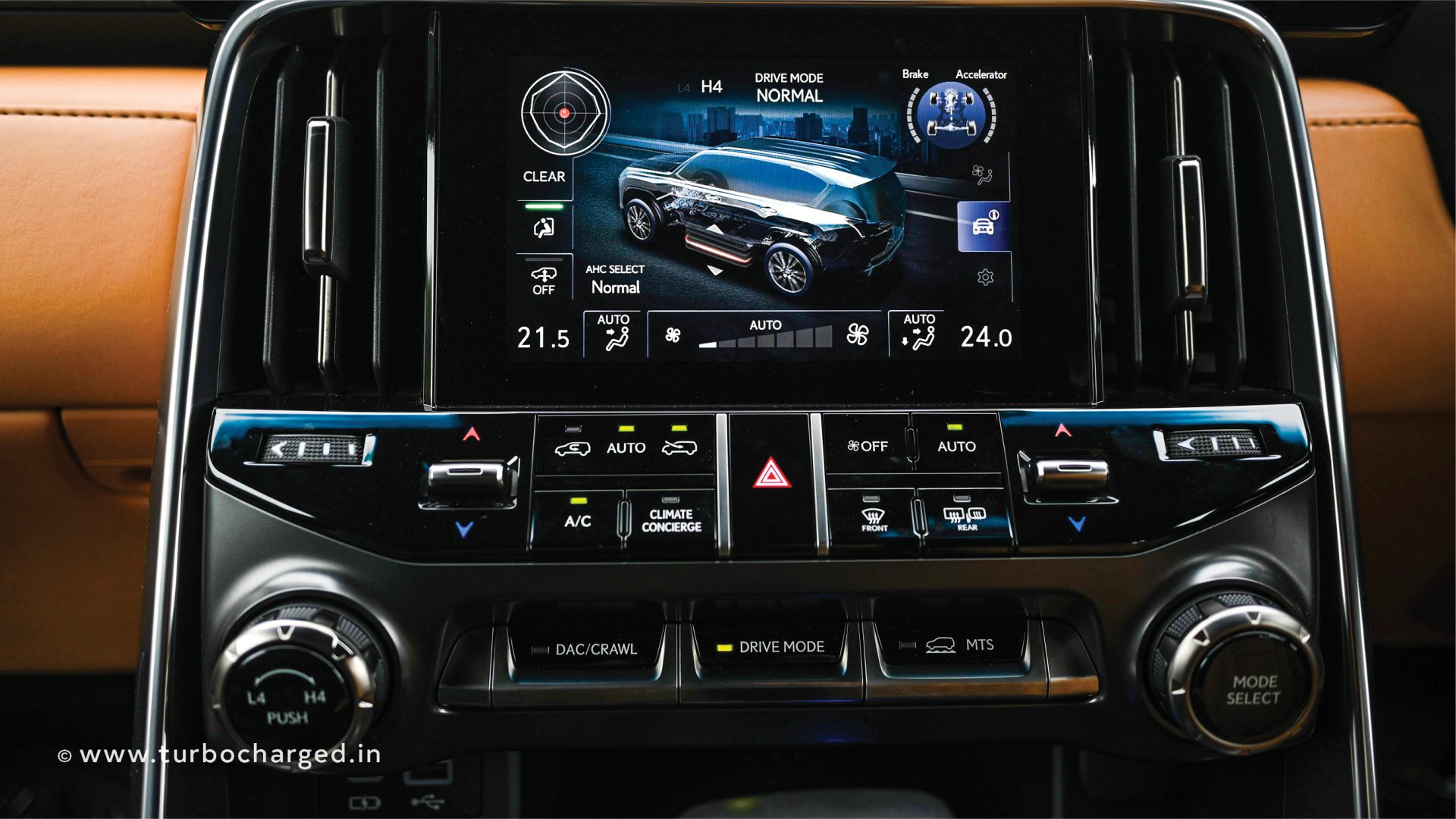
If you are a technophile, you’d be disappointed with the features on offer, or lack of it. While the touchscreen console works well, it lacks the fluidity and intuitiveness of its competitors and feels dated. The system supports Apple Carplay and Android Auto, navigation and a 360-camera. The array of physical buttons for the climate control and off-road menu are a cool touch, though. The front seats get heating and cooling but no massaging feature. It misses out on a panoramic sunroof too which is de rigeur in the segment and instead makes do with a large sunroof. The rear passengers get two 11.6-inch touchscreens mounted behind the seats.
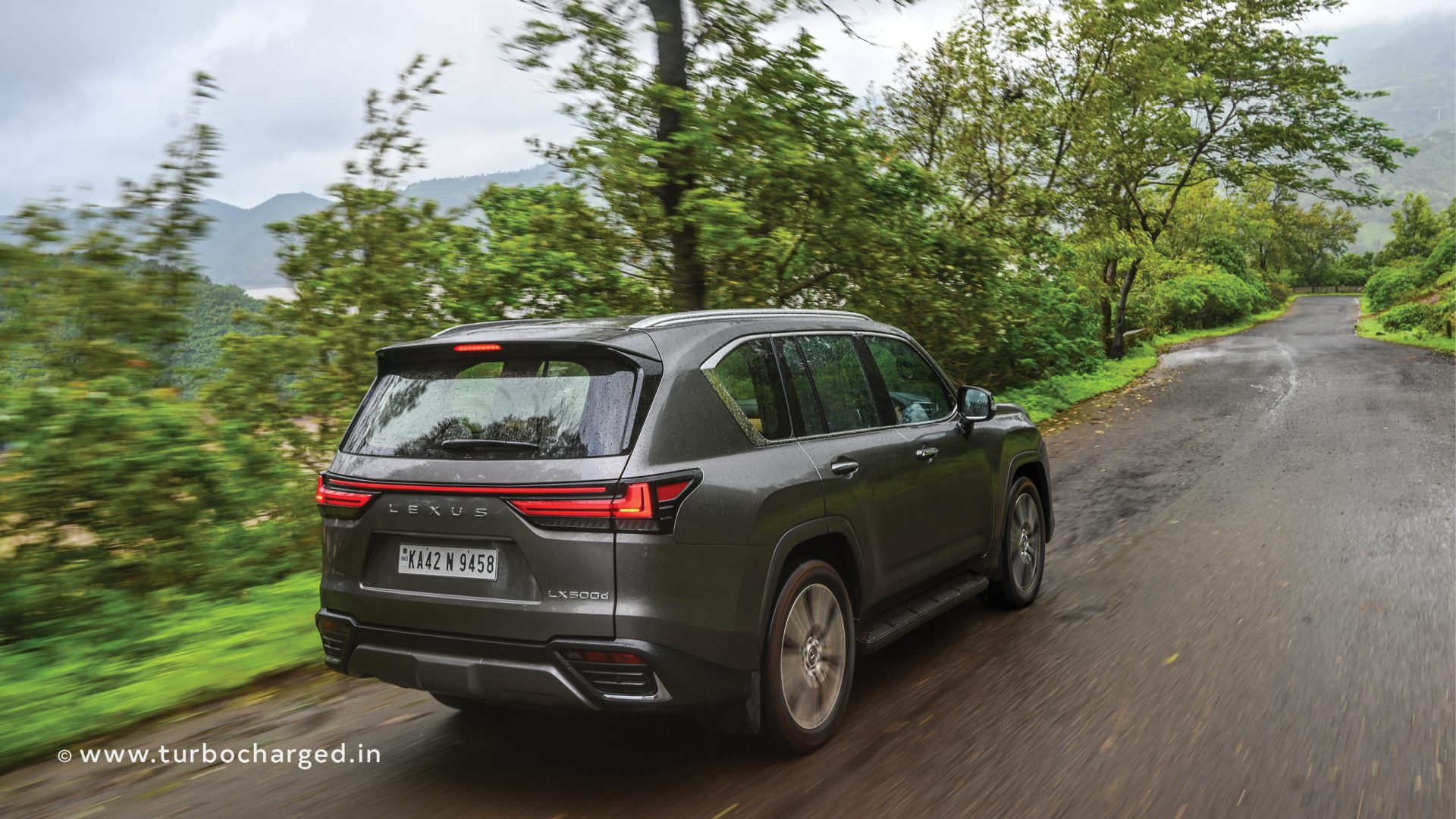
You get a bird’s eye view of your surroundings, being perched several feet above the ground (you don’t walk into the cabin, rather climb onto it). The long bonnet upfront hides a 3.3-litre V6 turbo-diesel which delivers 308PS and 700Nm of shove. The prodigious torque on offer is not only sufficient to move this towering behemoth, you’d be surprised at how fast this Lexus is. The 10-speed torque converter is well attuned to the motor and its closely-spaced ratios ensures that the engine is on boil most of the time. Even in Comfort mode, the motor feels eager to get up to speed and in Sport and Sport+ modes it is noticeably quicker. These modes not just alter the engine and gearbox characteristics, but that of the air suspension as well, making it a tad less prone to diving. While the motor sounds subdued thanks to the fantastic cabin insulation, the diesel drone gets quite vocal at high revs.
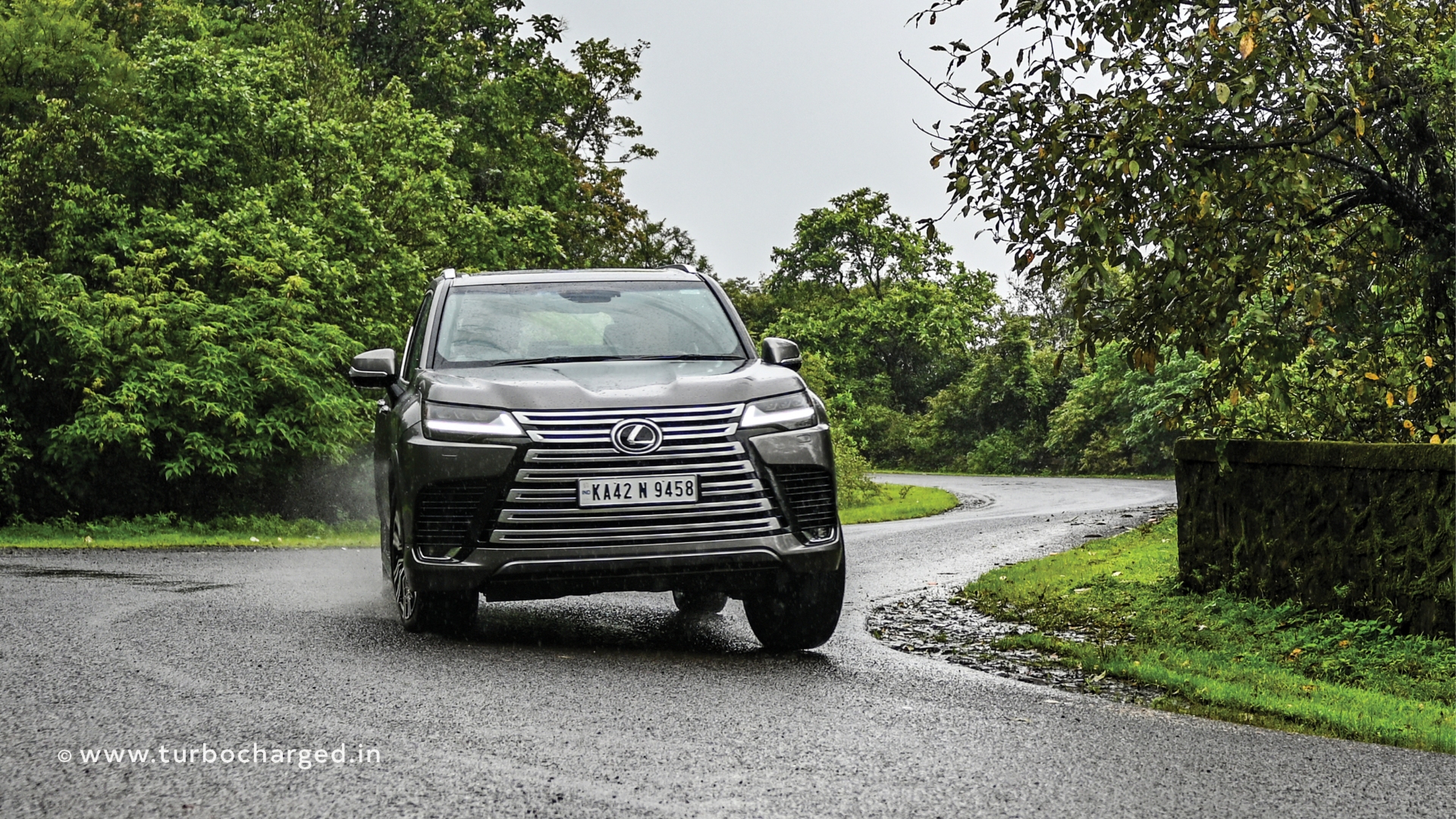
And, though the new TNGA-F platform is lighter and sturdier than before, the LX still drives like a ladder-frame SUV. The steering is surprisingly heavy and this is especially felt in the city and while trying to take a three-point U-turn in this massive SUV. It gets adaptive air suspension but even that can only do so much to bend the laws of physics. You can not escape the body roll in corners, but to the SUV’s credit, it does hold its line well in corners, that is till the time you overcook it. The Sport modes do tone down the SUV’s pitching and rolling tendencies but not as much. There is no getting away from the fact that this is a luxury barge on wheels. On the plus side though, this barge offers phenomenal ride quality. It simply rolls over craters like they are pock marks. This despite the large 22-inch wheels! In fact, while you’d think twice about driving your other expensive SUV’s down that dirt road, you can simply speed away in the Lexus.
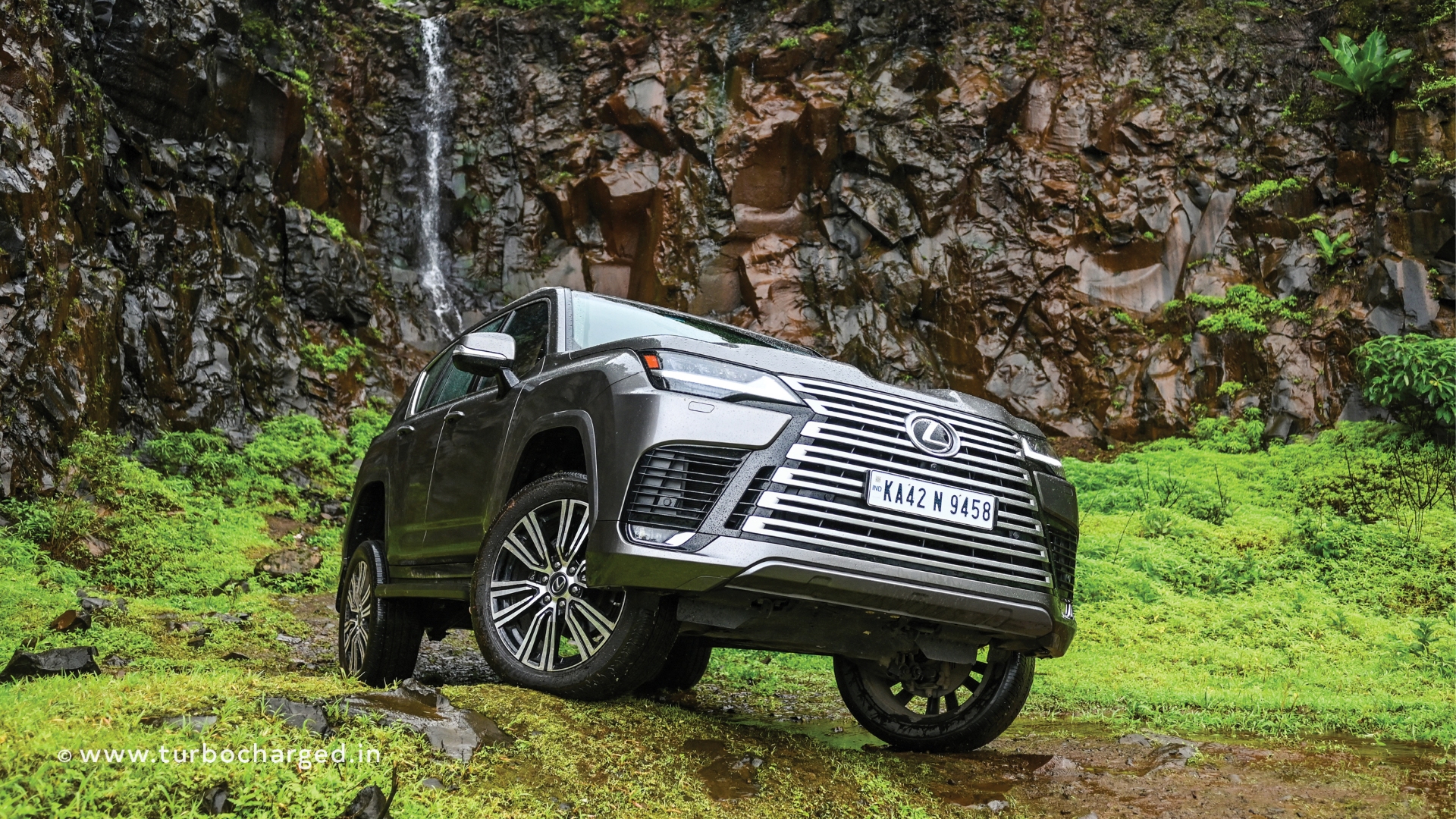
Another area where it excels is off-roading. It gets Multi Terrain Select that, coupled with the low ratios and standard four-wheel drive, makes it the most capable off-roader in its segment. Thanks to adaptive suspension, you can even increase the ride height to prevent damage when you go offroad.
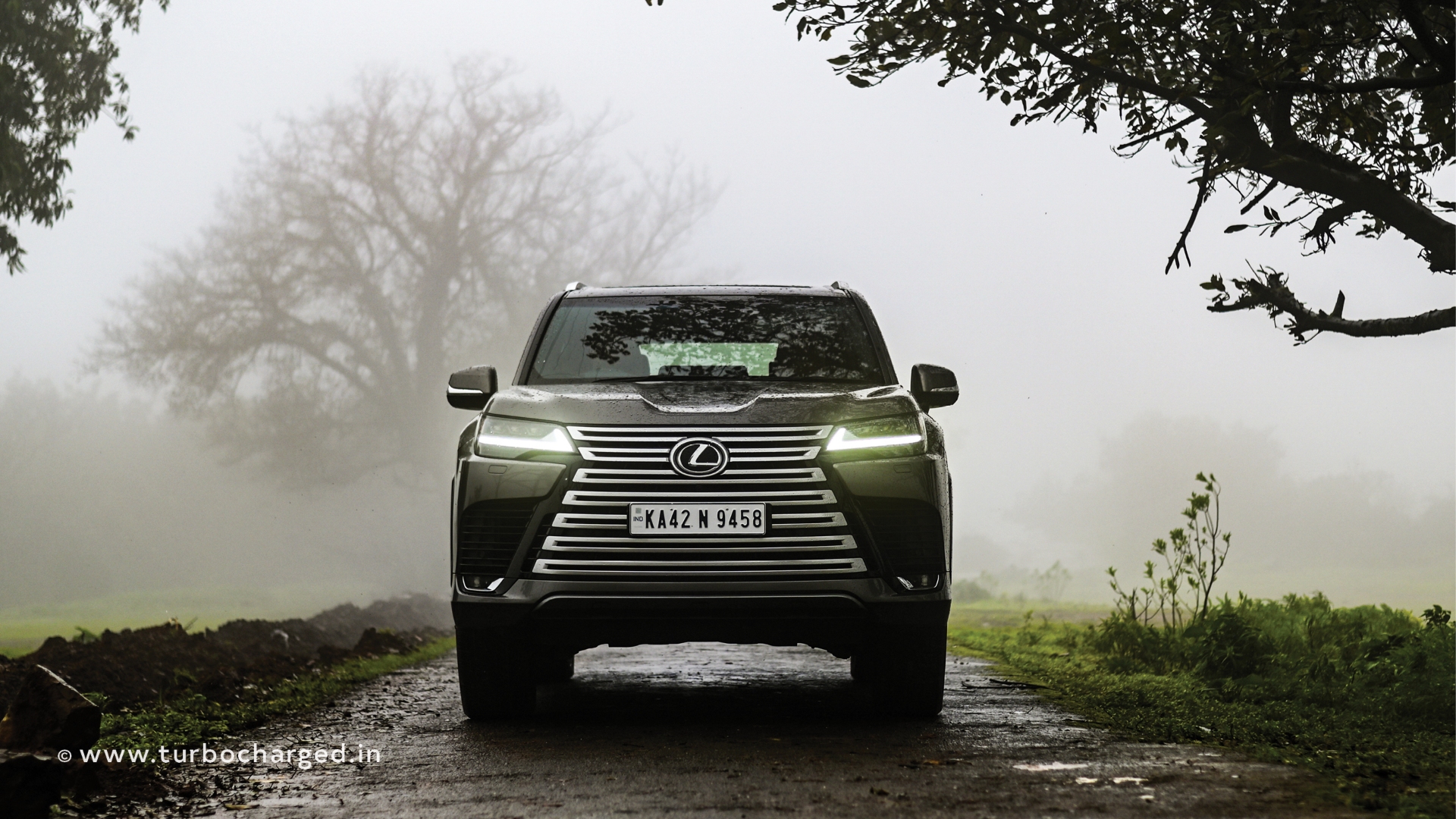
SUVs like the Lexus LX and Land Cruiser sit in the left field of ultra luxury SUVs. It’s like an exclusive club reserved for SUVs that’ll be here even when humanity ceases to exist. It’s not surprising then that it’s the staple of diplomats, oil barons and media moguls. Priced at Rs 2.8 crores though, the Lexus does not even try to justify its price tag. It is the SUV to have if you want to make a statement. That you are head and shoulders above the rest.





